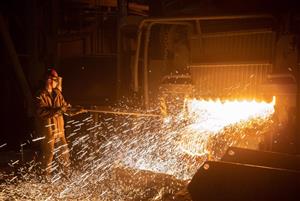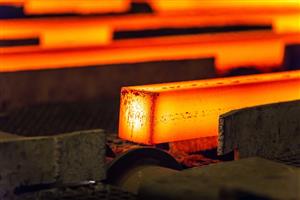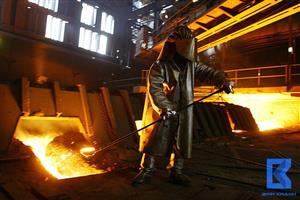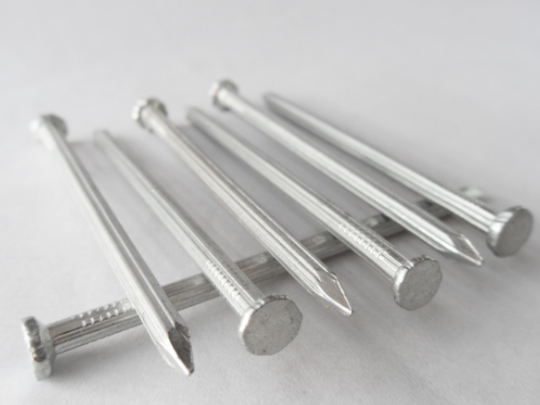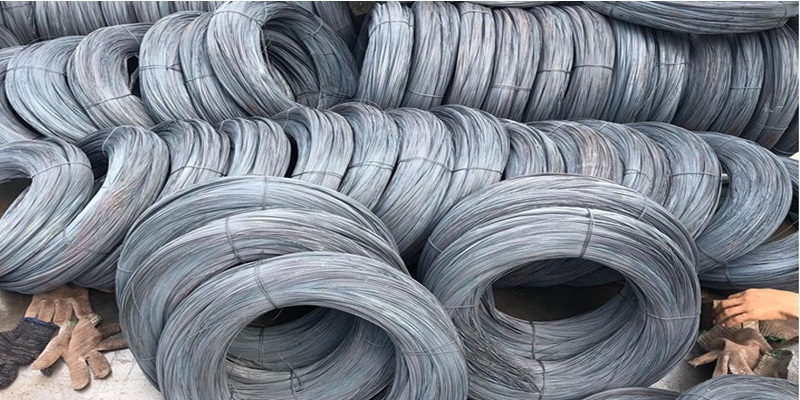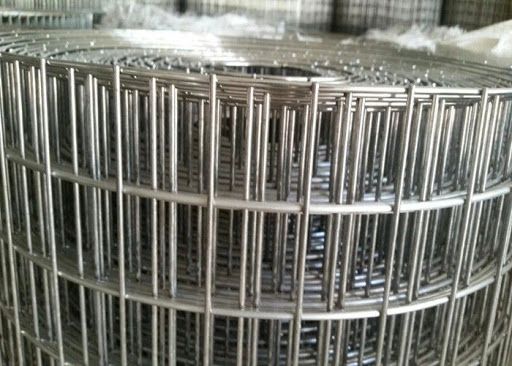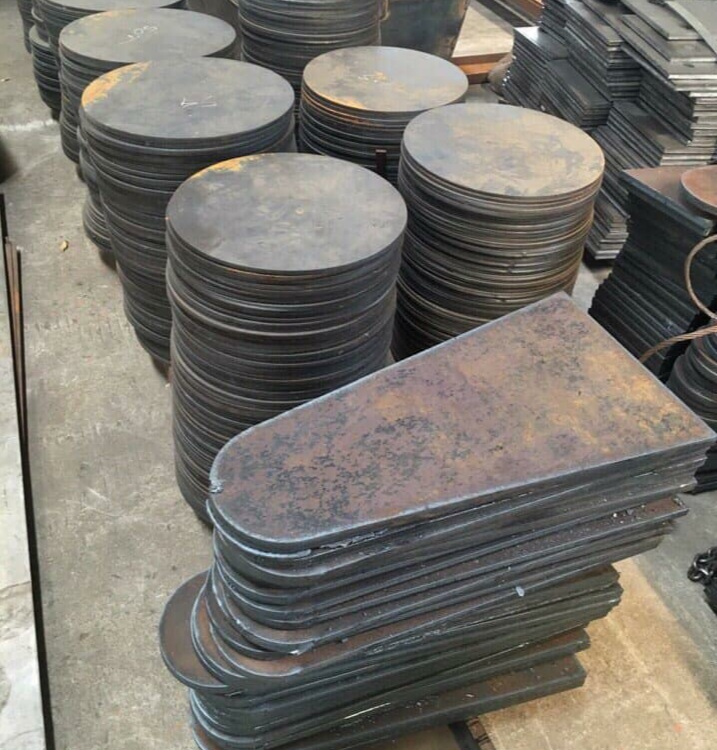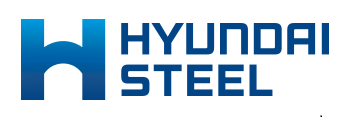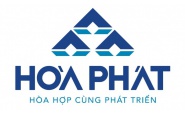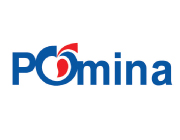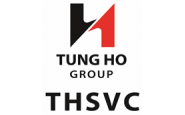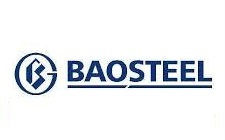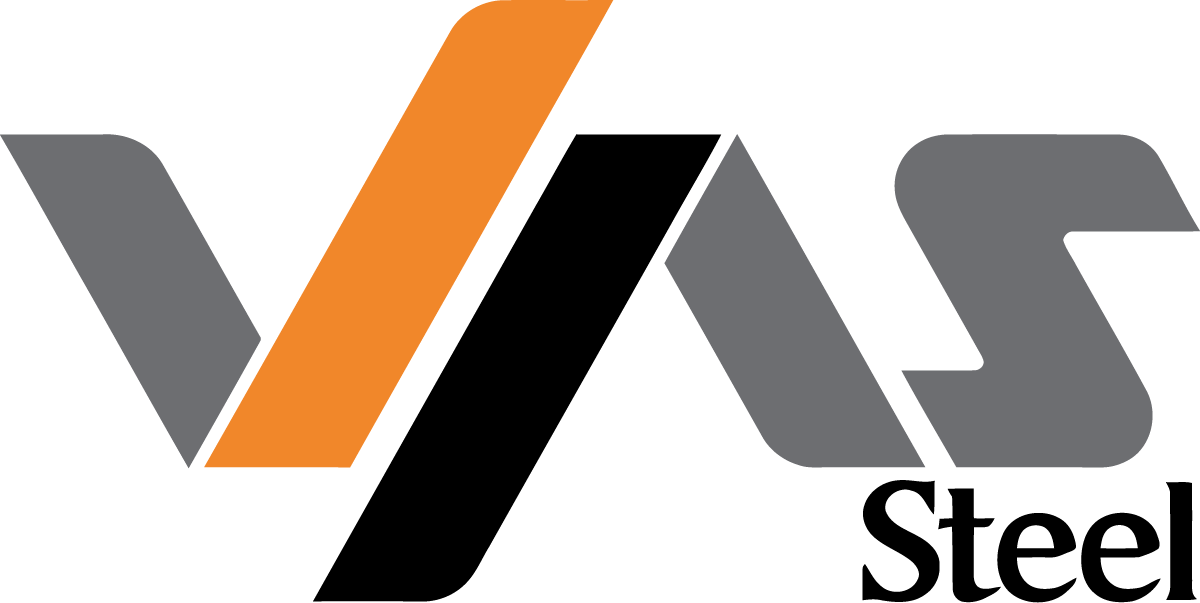On the morning of June 15, Prime Minister Pham Minh Chinh chaired an online conference on removing difficulties and promoting production and consumption of cement, iron and steel and construction materials.
Regarding the iron and steel segment, Minister of Industry and Trade Nguyen Hong Dien said: Vietnam's steel industry has had many clear developments recently. Production scale is increasingly expanding, gradually meeting the domestic market and increasing export Production of crude steel, construction steel, and cold rolled steel has met almost all domestic demand. Vietnam's crude steel production alone currently ranks 13th in the world and tops the ASEAN region.
Vietnam's crude steel production ranks first in the ASEAN region
Vietnam has developed the technology to produce iron blast furnaces with a capacity greater than 2000m3 and can compete with steel products from similar capacity blast furnaces of steel powers such as China and has can produce hot rolled steel from 2017; Enterprises producing construction steel, galvanized and color-coated steel, cold-rolled steel, and steel pipes have gradually captured a higher market share than the domestic market... contributing to limiting dependence on imported steel Import volume steel decreases from 22.38 million tons in 2016 to 13.49 million tons in 2022.
The structure of steel production has shifted positively towards increasing the proportion of rolled steel output and reducing the proportion of shaped steel output. This is a good sign when rolled steel is a product that requires higher technical characteristics than shaped steel, and is the input of many mechanical and manufacturing industries, while shaped steel is the main input of the construction industry.
Exports grew well and shifted positively towards increasing the proportion of exports to markets with high requirements for technical specifications, quality and environmental standards such as the US, EU and some European countries. Asia-Pacific. The structure of export products is shifting towards gradually increasing the proportion of products with manufacturing processing content (rolled steel and shaped steel) and reducing the proportion of export of raw steel products.
In the context of fierce competition with FDI enterprises, domestic enterprises continue to dominate the production of shaped steel (accounting for over 60% of total domestic production) and alloy steel (over 70% of total domestic production). %).
Shortage of high quality steel products
However, the Minister also frankly admitted: The steel industry is currently facing many difficulties because world demand and domestic economic growth have not yet fully recovered compared to the pre-pandemic period, especially the decline. of the real estate industry leads to a decrease in steel input demand for construction and export industries; Rising raw material prices cause high production costs; Steel inventory circulating in the market is still high, especially in the Chinese market, leading to an increase in large quantities of inventory, businesses lacking orders... directly affecting the lives of workers and employees.
In addition to temporary problems, the steel industry also has long-term bottlenecks. Production capacity is still limited, Vietnam continues to be a steel importer. Production of new crude steel basically meets domestic production needs, there is still a shortage of high quality steel products and technical steel.
Vietnam continues to import rolled steel (accounting for over 50% of total import turnover), of which mainly hot rolled steel is. From 2017 until now, Vietnam has produced hot rolled steel with increasing output, accounting for a high proportion, but only meets about 50% of domestic market demand. In addition, Vietnam continues to have to import shaped steel, some metal-plated corrugated iron products and color coatings (accounting for about 20-25% of domestic consumption demand).
The steel industry depends on imported foreign raw materials (steel scrap, coking coal, iron ore, steel billet, and other products...), especially in crude steel production, leading to a passive price situation, When input material prices fluctuate, domestic steel prices must also adjust accordingly.
Production technology is still limited. Except for some recently formed iron and steel complexes with closed technology from upstream with a capacity in the world's high average group such as Hung Nghiep Fomosa Iron and Steel Complex, Dung Quat... the majority The remaining production units are small-scale (less than 0.5 million tons/year), use closed, outdated technology, consume a lot of energy, so their competitiveness is low and they cause environmental pollution. .
Worth mentioning, the Minister also said that steel is one of the products subject to the most trade defense investigations in the world.
According to statistics from the World Trade Organization (WTO), by the end of June 2022, countries and territories had conducted about 2,500 trade defense investigations against metal products. (including steel), accounting for more than 30% of the total number of trade defense investigation cases.
By the end of May 2024, out of a total of 252 foreign cases investigating trade remedies with Vietnam, about 30% of cases involved steel products. The steel products under investigation are quite diverse, including galvanized steel, cold-rolled stainless steel, color-coated steel, steel pipes, steel coat hangers, steel nails, etc. These lawsuits mostly occur in export markets. Vietnam's main steel exporters such as the United States, EU, Australia..., of which the United States is the country that investigates the most with Vietnam.
Most recently, after a long period of not using trade defense measures directly with Vietnam, in August 2023, the EU conducted an investigation to prevent evasion of trade defense measures on stainless steel. cold-rolled rust in Vietnam with accusations of evading trade defense taxes being applied to Indonesia.
The worldwide steel production industry is estimated to account for 7% of total global greenhouse gas emissions. Nowadays, sustainability regulations are getting stricter, especially when it comes to reducing emissions during production. The European Union (EU) has announced the application of the Carbon Border Adjustment Mechanism (CBAM) policy, imposing a carbon tax on manufacturers exporting to this market, including steel products. will be officially applied from January 2026.
Risk of losing the domestic market
Mr. Nghiem Xuan Da, Chairman of the Vietnam Steel Association (VSA), said that with the current recovery momentum, it is forecast that finished steel production in 2024 could reach 30 million tons, an increase of 7% compared to 2023. However, this recovery is not certain and steel businesses still face many difficulties.
The first difficulty that Mr. Da mentioned is that as China continues to increase steel exports, Vietnamese steel manufacturers face the risk of losing the domestic market. According to Chinese Customs statistics, in the first 5 months of 2024, China exported 45 million tons of steel, an increase of 25% over the same period in 2023. Chinese steel continues to rush into the Vietnamese market. In the first 4 months of 2024 alone, steel imports were more than 5.4 million tons, up 42% over the previous year. Of which, Vietnam imported 3.7 million tons of steel from China, accounting for 68% of total imports.
The increase in production protectionism around the world as countries strengthen technical "barriers" and trade defenses to prevent imported steel to protect domestic production is also a significant obstacle. for Vietnam's current steel exports.
"In addition, the "oversupply" of many domestic steel products and the increase in imported steel will make price competition for domestic finished steel products more fierce. Market The world is very unstable, international freight rates are increasing... also pose many potential risks for steel industry enterprises," Mr. Nghiem Xuan Da said.
Faced with current difficulties, the Vietnam Steel Association has proposed that the Government direct relevant agencies to continue building and perfecting the system of regulations, technical management standards, quality management, and fences. techniques to prevent steel products that do not meet technical safety and environmental standards from entering the Vietnamese market. The Ministry of Industry and Trade promptly applies trade defense measures (safeguard measures, anti-dumping, anti-subsidy, and trade evasion) to prevent unfair competition practices and protect production in the domestic market. water.
At the same time, synchronously accelerate demand stimulation channels for steel products such as the real estate market, construction market, program to build 1 million social housing, promote public investment...
The Vietnam Steel Association requested the Ministry of Industry and Trade to continue to guide and support steel export enterprises to promptly and effectively respond to trade defense cases against steel production abroad. The Ministry of Industry and Trade needs to speed up the progress of building and submitting the Vietnam Steel Industry Development Strategy to 2030, vision to 2050, associated with specific policies for green and sustainable growth of the steel industry. During the time, there is no steel industry development strategy, there needs to be measures to manage investment in large-scale steel projects to control the balance of supply and demand, avoid wasting resources and land capital, and protect the environment. reduce greenhouse gas emissions and transform green production and consumption.
The Steel Association requested the State Bank to soon have a policy to stabilize exchange rates, maintain reasonable electricity prices, and preferential interest rates for investment loans for large-scale steel projects because of the characteristics of production projects. Steel requires large investment costs and a long capital recovery period.
The Association recommends that relevant units soon research solutions and green financial packages to support steel businesses with green transformation according to the National Strategy on climate change and the Government's commitment at COP26.
Listen and solve difficulties
Responding to the petition of the Vietnam Steel Association, a representative of the State Bank affirmed: Banks are always ready with enough capital for enterprises in the steel, cement and construction materials industries to borrow when there is a need for capital. Project Feasibility. The exchange rate is currently fluctuating, but the exchange rate issue is being well controlled by the State Bank.
Regarding debt rescheduling/postponement, the State Bank has just announced a draft amending and supplementing a number of articles of Circular 02/2023/TT-NHNN (Circular 02) regulating credit institutions and expenditures. Foreign bank branches restructure debt repayment terms and maintain the same debt group to support customers in difficulty. The debt postponement/rescheduling period will continue to last until the end of 2024. The State Bank will continue to have further conferences on removing credit difficulties for steel and cement industry enterprises in the true spirit. The Government's direction is "harmonized benefits, shared risks", the representative of the State Bank announced.
The representative of the Ministry of Finance agreed with the opinion of the Vietnam Steel Association on the need to apply appropriate trade defense measures to protect domestic manufacturing enterprises. Accordingly, import and export taxes need to be adjusted gradually, with low input levels, while for more refined products, higher taxes will be imposed, contributing to creating legal barriers to protect domestic manufacturing enterprises. .
Regarding the proposal to use viaducts to replace using sand as highway embankment material, Deputy Minister of Transport Nguyen Duy Lam said: Using viaducts has many advantages as there is no need to use sandy soil for embankment. large and support the consumption of large volumes of cement, iron and steel. In fact, the Ministry of Transport has used viaducts for many expressway projects and also carefully considered which construction solution to choose. For example, the Quy Nhon-Chi Thanh expressway has 13km of viaducts, but the option of using viaducts is 2.6 times more expensive than conventional embankment and the usage time is also shorter.
Regarding the study of building highways on viaducts in the Mekong Delta region instead of building highways directly on soft ground, the Deputy Minister of Transport said that the Government has directed the Ministry of Transport to study Serious and comprehensive research on technical, economic, social and environmental aspects right from the investment preparation step to compare and decide, such as: using viaducts along the entire route; Extend the bridge across the river to reduce the height of the bridgehead; Handling settlement with soil cement piles, load-reducing floors... However, the use of cost solutions can increase the cost of the entire project. Therefore, the Ministry of Transport is calculating and selecting many appropriate solutions in the spirit of prioritizing the use of viaducts instead for weak ground areas.
Minister of Industry and Trade Nguyen Hong Dien informed: To continue to remove difficulties for the steel industry, the Ministry of Industry and Trade is developing and is expected to soon submit to the Prime Minister for promulgation the Vietnam Steel Industry Development Strategy until 2019. 2030, vision to 2050. The Ministry is also completing a draft to report to the Government and submit to the National Assembly for promulgation of the Law on Key Industrial Development. Accordingly, the long-term goal is to develop the steel industry into a national foundation industry, meeting domestic demand and rapidly increasing exports.
Regarding loan support, Minister Nguyen Hong Dien said that the Ministry of Industry and Trade has proposed the Ministry of Finance to review, update and have appropriate import tax regulation policies for a number of steel products with large fluctuations. about price; Propose the State Bank to direct and encourage commercial banks to deploy preferential credit packages to support investment, production and trading of steel.
Regarding the issue of massively imported steel into the market, the Ministry of Industry and Trade has regularly reviewed and assessed the impact of steel import activities, received feedback from the business community and promptly protected businesses in the market. domestic market through trade defense measures (anti-dumping, anti-tax evasion, anti-subsidy, trade self-defense) and technical measures. In addition, the Ministry also guides and supports steel exporters to promptly and effectively respond to steel product trade defense cases abroad.
At the same time, this agency also affirmed that it has been and will continue to support steel production and trading enterprises to develop markets, especially expanding and diversifying export markets; promote trade promotion; building and protecting brands for Vietnam's steel industry; Support businesses to protect their interests in domestic and foreign markets...
Concluding the Conference, Prime Minister Pham Minh Chinh directed fundamental, comprehensive and effective tasks and solutions to remove difficulties and promote production and business of the construction materials industry, such as promoting investment in the construction materials industry. private sector, building strategic infrastructure, developing social housing, using reinforced concrete viaducts; State agencies continue to improve institutions and policies; Enterprises promote the application of high technology and restructure management, finance, investment and raw materials.
VietnamBiz
 English
English  Vietnamese
Vietnamese
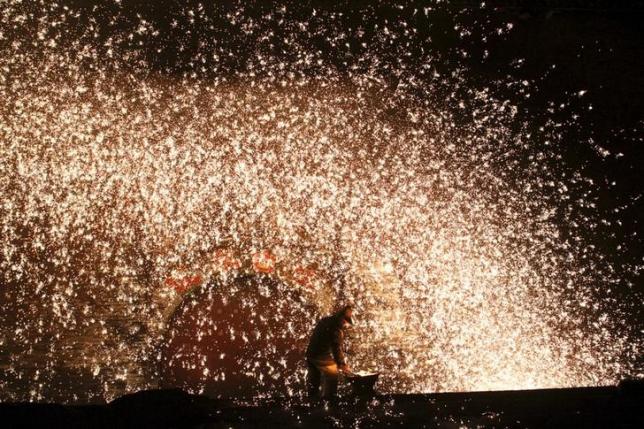
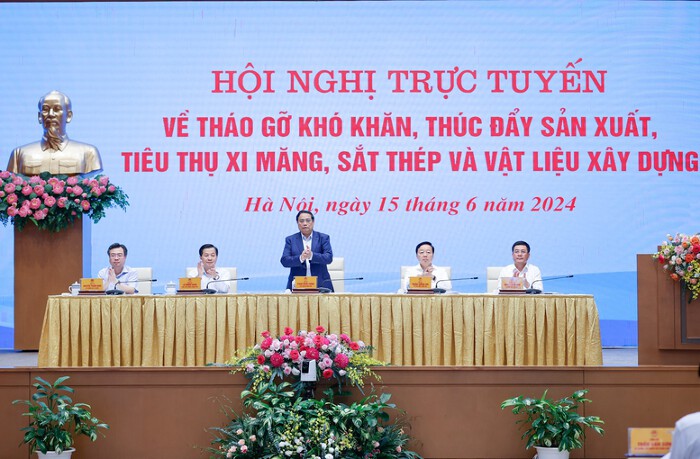
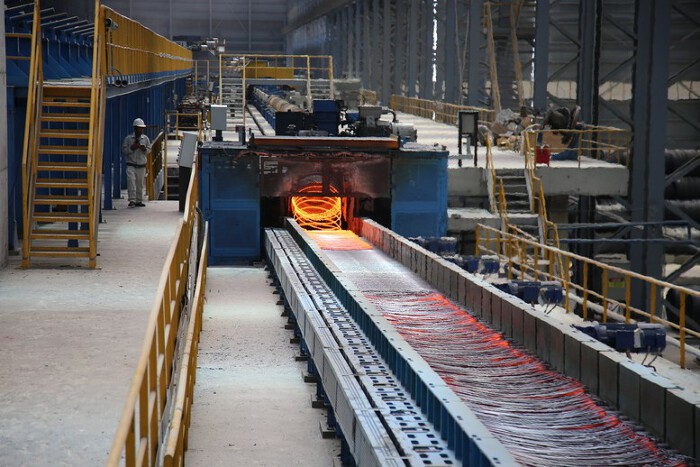
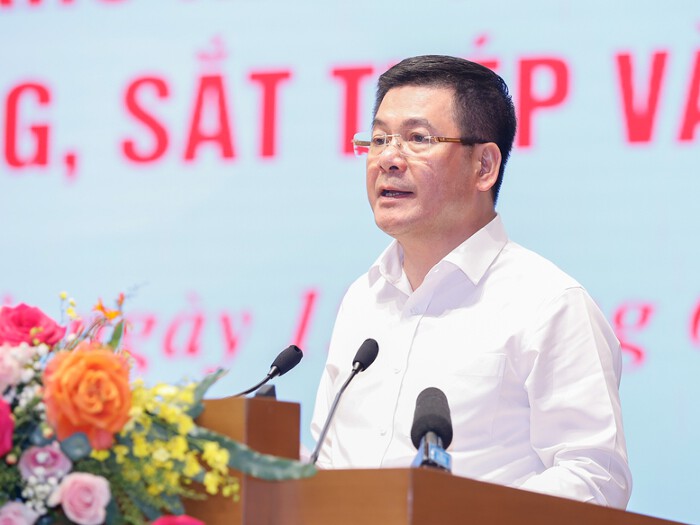
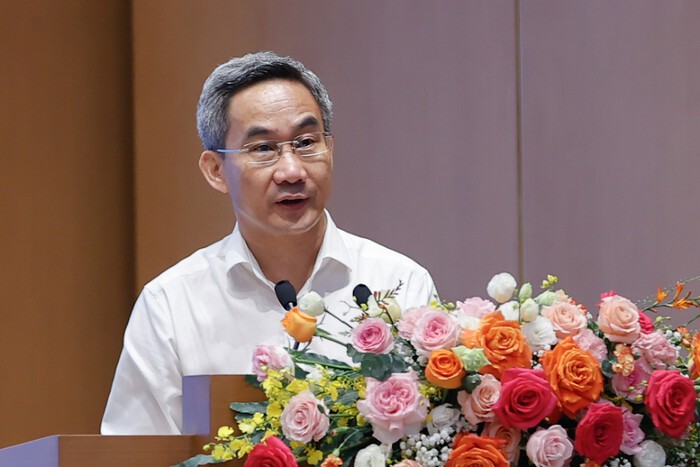


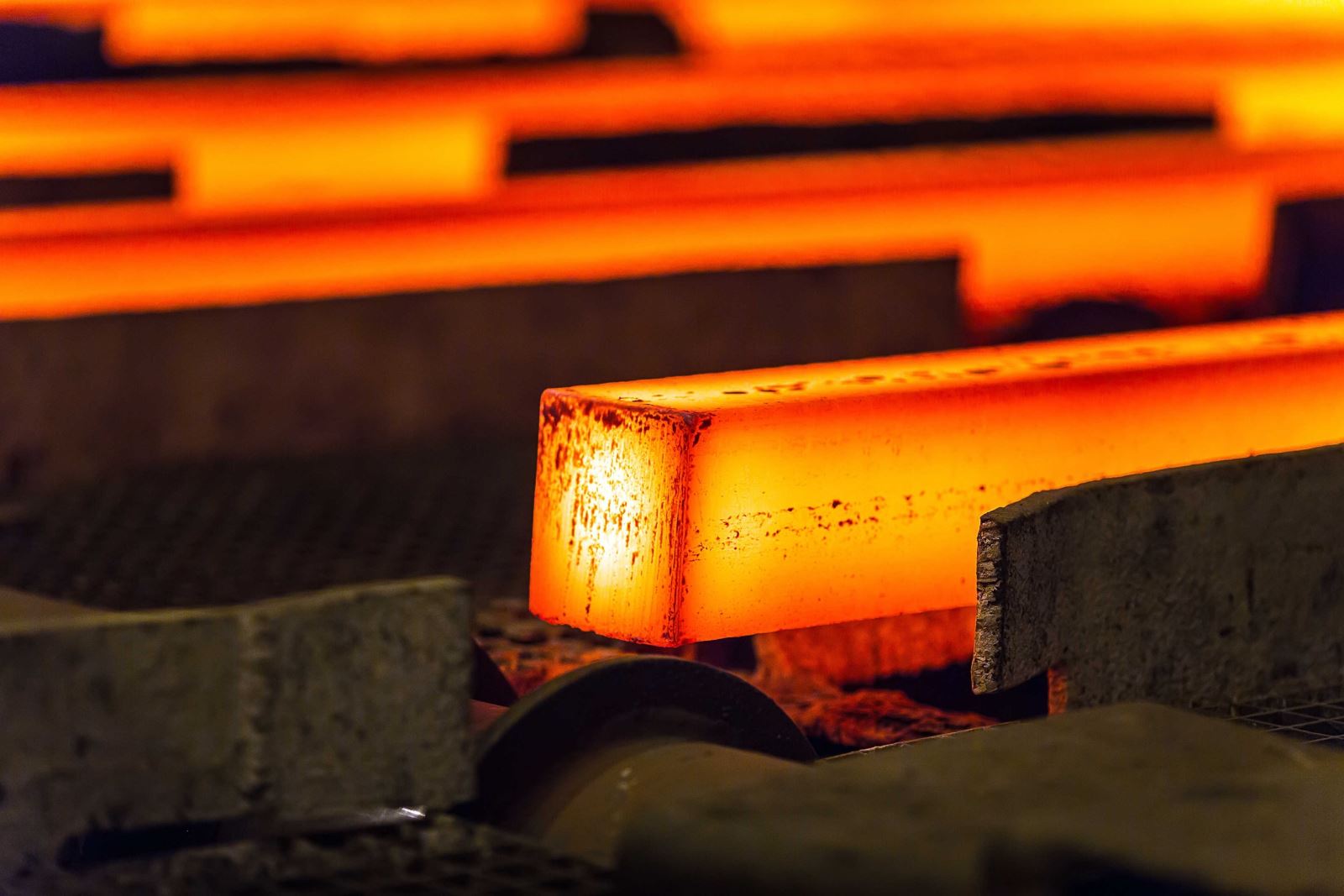
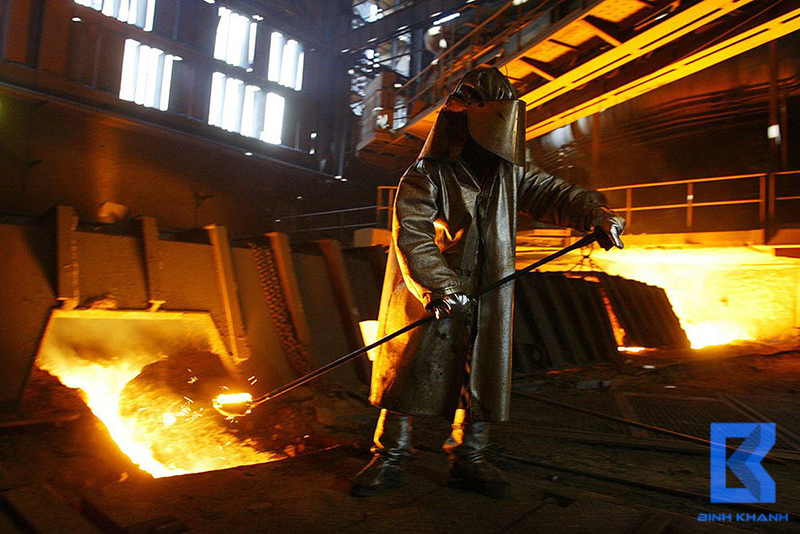

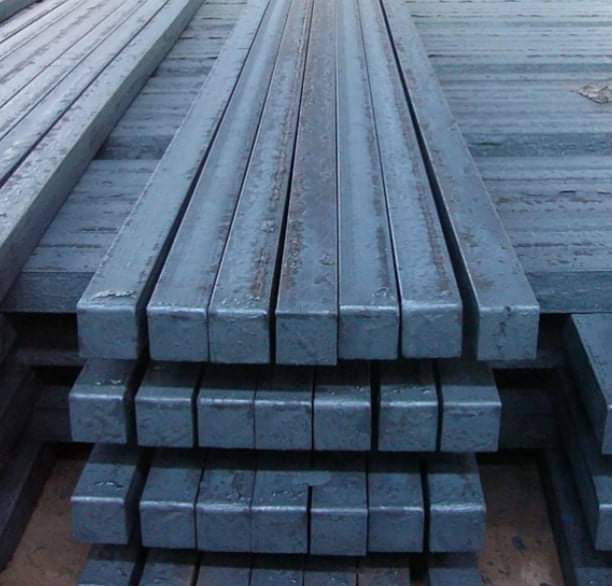
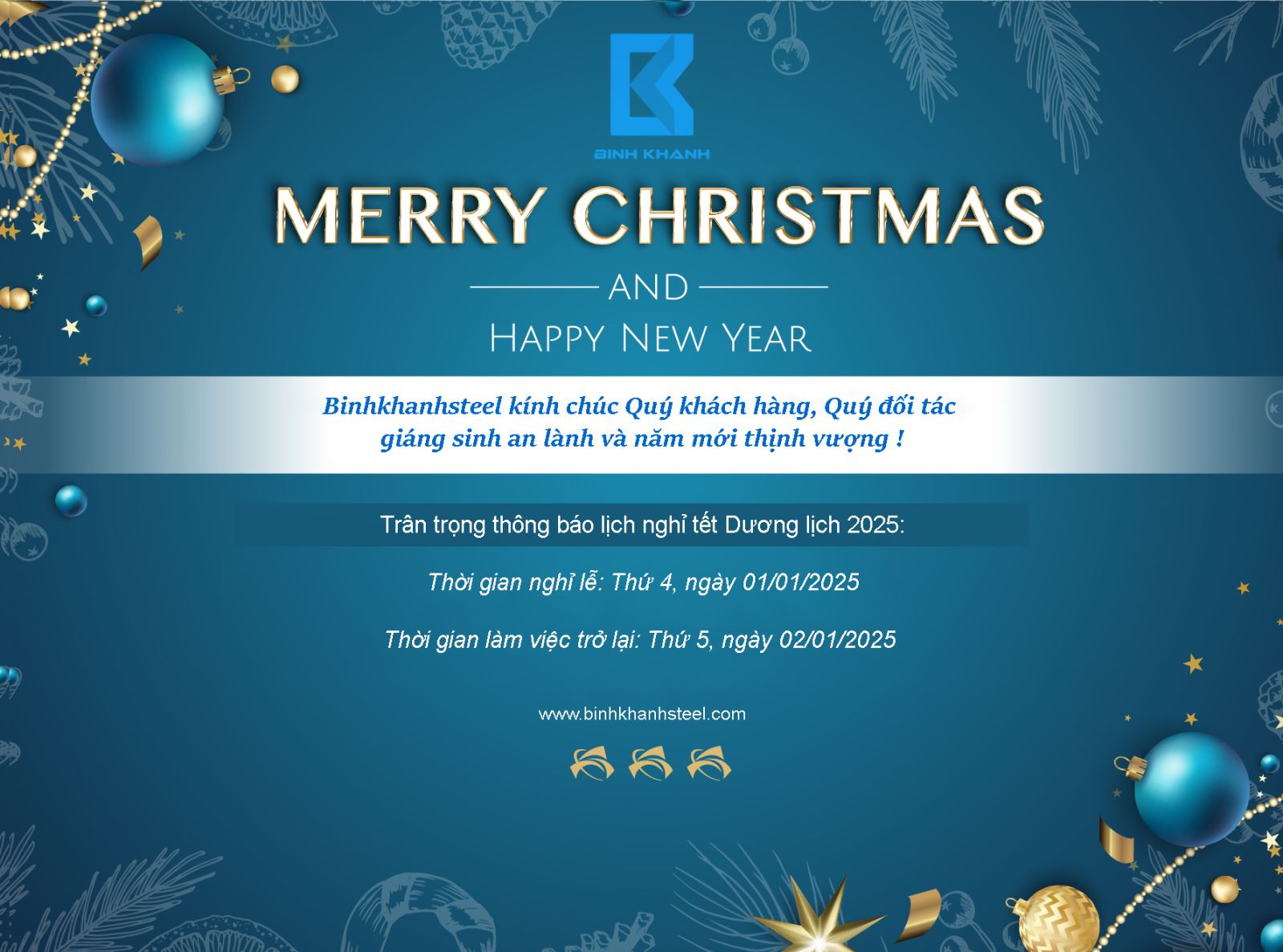
w300.jpg)
